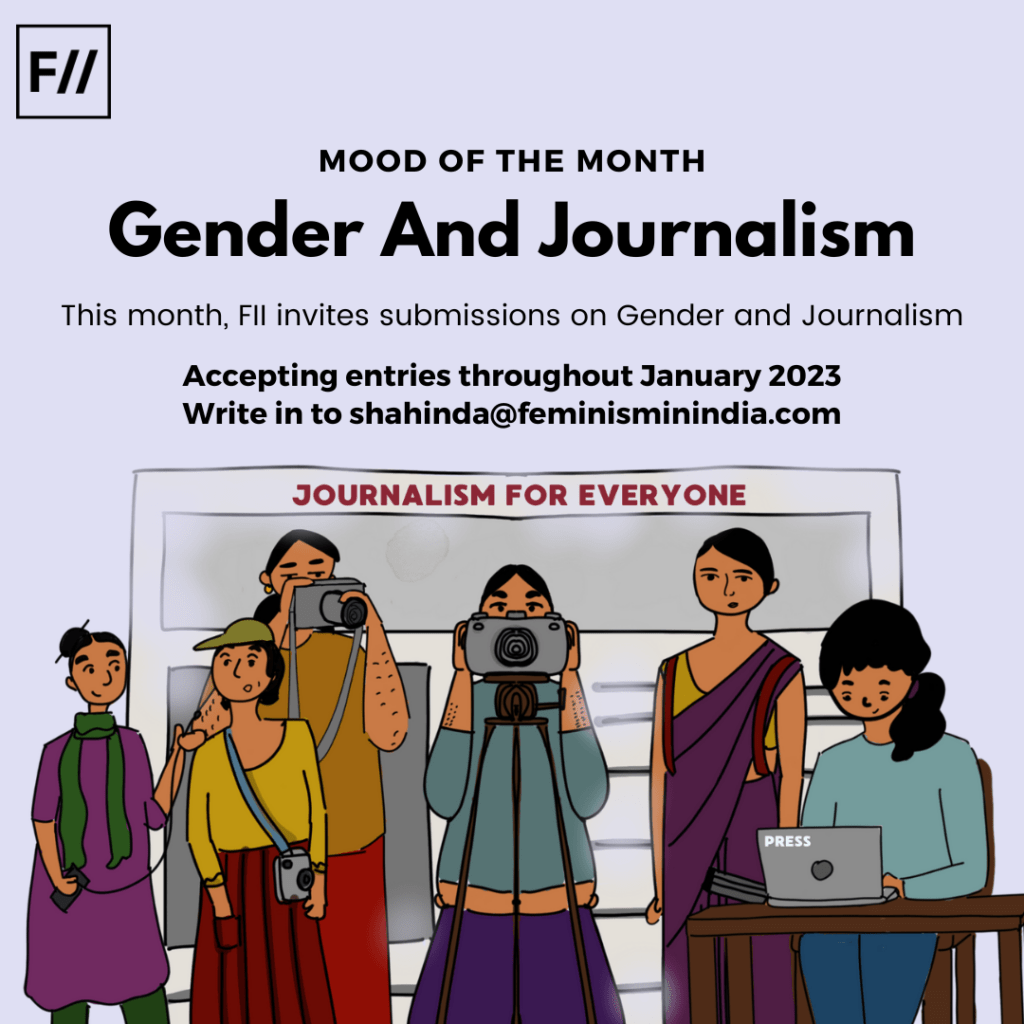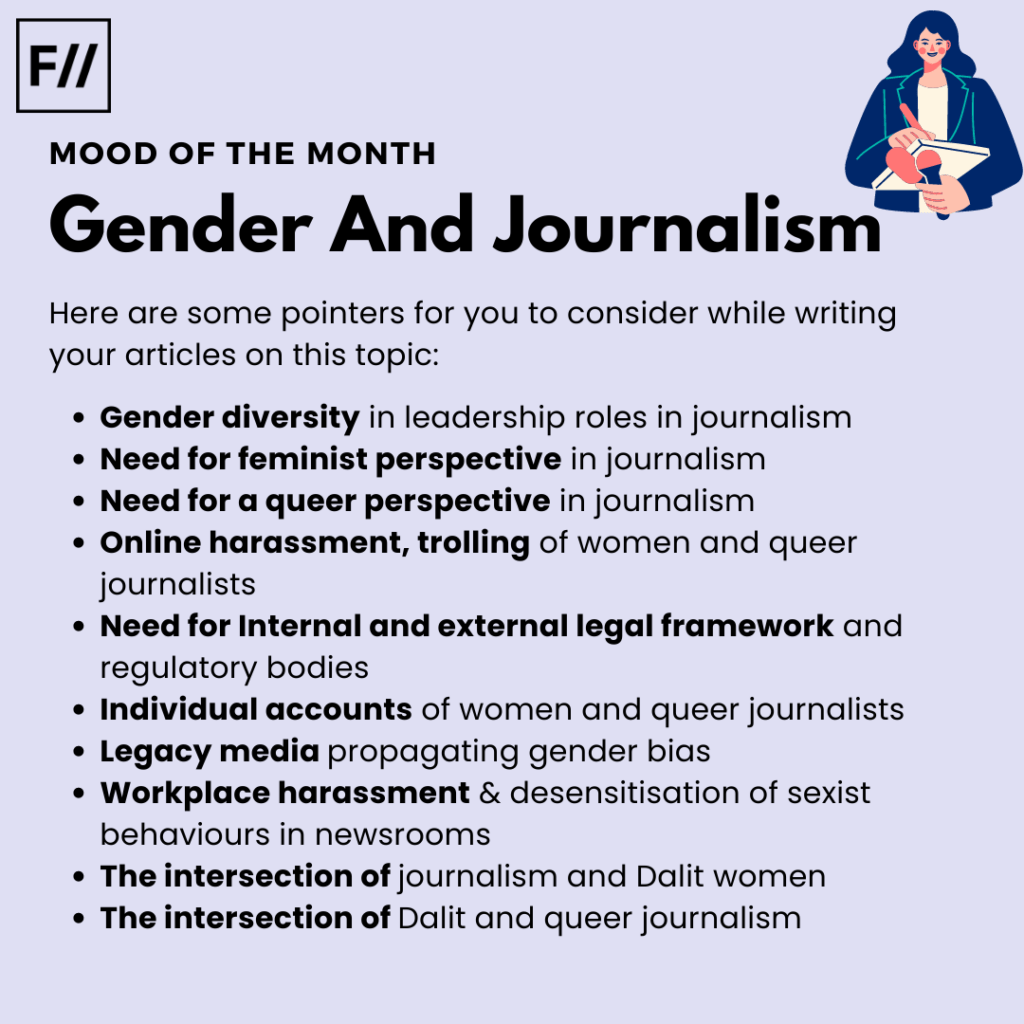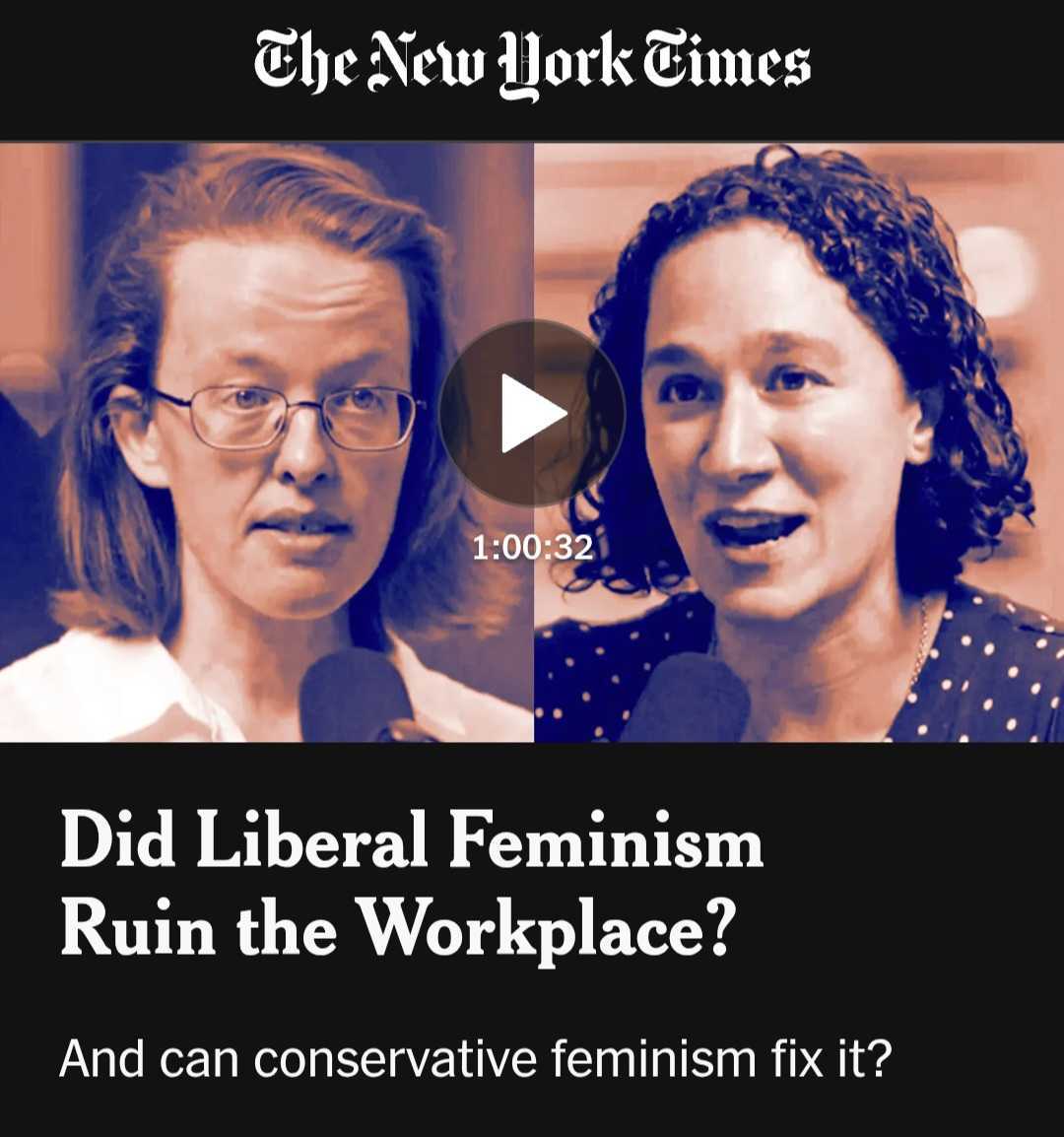Journalism has been presumed a man’s world, with women “just” a part of it. Active participation of women is almost dismal while when it comes to queer or LGBTQ representation, the facts and figures are almost insignificant. Nonetheless, the contribution of women journalists to the field has been tremendous over the years, though individuals with various other gender identities have not seen much change or participation.
However, a few instances in the recent past have given a glimpse of expectancy in this field for the queer community; Padmini Prakash made ripples when becoming the first transgender woman in India to anchor a news show on Lotus TV based in Tamil Nadu and Marvia Malik in 2018, became the first transgender in Pakistan to anchor a national news show, yet, we have a long way to go when it comes to active gender representation in journalism.
According to a 2017 report by the National Lesbian and Gay Journalists Association, only 7% of respondents in the United States identified as LGBTQ. There are several reasons for the lack of LGBTQ representation in journalism, including a lack of LGBTQ people in leadership positions, a lack of inclusive policies and practices, and a general lack of understanding of LGBTQ people’s needs.
According to a report by Newslaundry on Gender representation in Indian Newsroom, “985 prime time debates in Hindi. The report states that women formed only nine per cent of the total panellists. For every 10 panellists in prime time debates in Hindi, there was only one woman. No transgender person was present in any of the Hindi prime time debates analysed in this report.” The report further mentions the data collected from “21,988 articles in print media, only 25 per cent of these were written by women writers. About 26.2 per cent of articles published in English language newspapers were written by women, whereas only 14 per cent of the Hindi newspaper articles had women authors.”
Also Read: Sixteen Ways To Implement Gender Ethical Journalism
Regarding marginalised communities based on caste and religion, “90% of leadership positions in Indian media houses are occupied by upper-caste Hindus. There is no representation from Muslims Scheduled Caste or Scheduled Tribe (ST) categories in the mainstream media outlets,” says a report by Oxfam India- Newslaundry. This gives a clear insight into where Muslims and Dalits stand with respect to their representation and expression in journalism.
Some of the discriminatory practices that women and queer journalist witness are: not getting the same positions as male heterosexual colleagues, male heterosexual counterparts questioning their competency time and again, not facing the same employment processes, not getting equal wages and not being given the same opportunities like covering hard news, reporting from sensitive regions, doing important interviews, women and queer people in leadership roles Etc.

The other issue that women and queer journalists face is harassment. Although harassment remains an issue for all genders in newsrooms, women and queer community still face the brunt of it. There’s online harassment as well. Over the years this form of harassment has skyrocketed.
According to a recent UN finding globally 73% of female journalists report having encountered online violence while working. “25% had received threats of physical violence, 18% had been threatened with sexual violence, and 20% reported being attacked offline in connection with online violence they had experienced.” This data speaks volumes in terms of issues and challenges women in journalism face.
These issues stand rampant and are prevalent in journalism and it has a lot to do with the prejudicial sexist, male heterosexual patriarchal privileged approach. But at the same time, legacy media, the media that laid foundations of journalism in the country remain silent observers. In fact, sometimes they are the biggest propagators of such bias. Absence of policies and regulatory setups in newsrooms as well as the national or global legal framework are also the wide issues that women and queer community face at large.
Also Read: The Rise And The Fall Of Dalit Journalism In India
Despite the odds, women and LGBTQ journalists have produced work that has left an indelible imprint on our minds.

Feminism In India invites submissions on Gender and Journalism in the month of January 2023. We hope to contribute to the conversation about gender biases in journalism by stressing the importance of an all-inclusive gender perspective in the field and the best practices needed for better outcomes and narrowing inequities.
Some of the pointers that you may find helpful in putting together your thoughts:
- Gender diversity in leadership roles in journalism
- Need for feminist perspective in the field
- Need for a queer perspective in the field
- Online harassment, trolling of women and queer journalists
- Need for Internal and external legal framework and regulatory bodies
- Need for an inclusive language and policies for the queer community
- Legacy media propagating gender bias?
- Workplace harassment & desensitisation of sexist behaviours in newsrooms
- Individual accounts of women and queer journalists
- The intersection of journalism and Dalit women
- The intersection of Dalit, queer journalism
This list is not exhaustive and you may feel free to write on topics within the theme that we may have missed out here.
Please refer to our submission guidelines before you send us your entries. You may email your submissions to shahinda@feminisminindia.com
We look forward to your drafts and hope you enjoy writing them!
Featured Illustration: Ritika Banerjee for Feminism In India
About the author(s)
Feminism In India is an award-winning digital intersectional feminist media organisation to learn, educate and develop a feminist sensibility and unravel the F-word among the youth in India.




